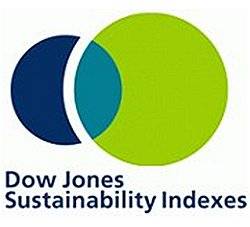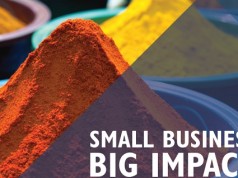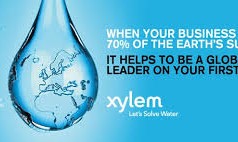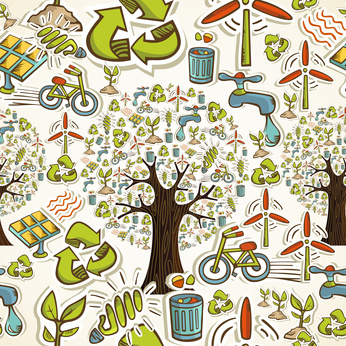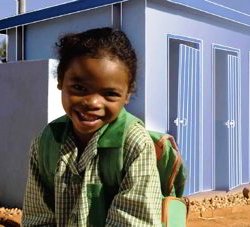 Geneva – While access to water, sanitation and hygiene (WASH) has considerably improved globally, services coverage could slip behind if adequate resources are not secured to sustain routine operations, warns the 2012 UN-Water Global Analysis and Assessment of Sanitation and Drinking Water – or “GLAAS 2012” – released on April 12 by World Health Organization (WHO) and UN-Water. The report calls for additional and more targeted resources, especially for routine operation and maintenance of existing systems and services.
Geneva – While access to water, sanitation and hygiene (WASH) has considerably improved globally, services coverage could slip behind if adequate resources are not secured to sustain routine operations, warns the 2012 UN-Water Global Analysis and Assessment of Sanitation and Drinking Water – or “GLAAS 2012” – released on April 12 by World Health Organization (WHO) and UN-Water. The report calls for additional and more targeted resources, especially for routine operation and maintenance of existing systems and services.
“Since its inception in 2007, UN-Water GLAAS has earned its place among water, sanitation and hygiene monitoring and reporting programmes, and is increasingly used as the basis for better-informed decision-making,” said Mr. Michel Jarraud, Chair of UN-Water and Secretary-General of the World Meteorological Organization (WMO). “This comes from the recognition that the scarcity of information on national sanitation and drinking water–related policies, financing and human resources is a major barrier to progress.”
The GLAAS report presents data received from 74 developing countries, up from 43 in 2010; and from 24 bilateral and multilateral agencies covering 90% of global official development assistance funds. Along with a chronic lack of technicians and skilled labour, countries report insufficient staff in place to operate and maintain sanitation and drinking water infrastructure. Data suggest that funding allocations may not be sufficient to fund routine operation and maintenance. For example, one in three countries highlighted that revenues are insufficient to cover operating costs for urban utilities. Only 7% of external support is directed at maintaining services. All these factors put sustainability of water and sanitation systems at risk in many countries.
Despite the global financial crisis, the total amount of development aid for sanitation and drinking water increased by 3% between 2008 and 2010, to US $ 7.8 billion. But only half of it is targeted to the regions where 70% of the global unserved actually live – sub-Saharan Africa, Southern Asia and South-eastern Asia. Alignment of aid with country priorities is quite poor, with less than 5% of WASH disbursements currently made through sector budget support.
“Ultimately, this report is about optimizing the instruments we have to ensure primary prevention of a major global killer, diarrhoeal diseases, across all sectors contributing to water and sanitation progress,” said Dr. Maria Neira, WHO Director for Public Health and Environment. “Major gains that have been made urgently need consolidation through investment in water services, coupled with a strengthening of financial and human resources to ensure further progress in the provision of safe drinking water and basic sanitation.”
Political will exists and all countries have made some form of political or financial commitment to sanitation and drinking water since 2010. The vast majority have established transparent national targets and most have established planning and coordination processes. However, in many cases, political will has not yet catalysed the enabling environment required to spur progress, and planning is not supported by adequate information and data. Despite impressive global gains, most countries are falling short on meeting their own national commitments, with 83% and 70% of countries reportedly falling significantly behind the trends required to meet their defined national access targets for sanitation and drinking water, respectively.
 Nearly 80% of countries recognize the right to water, and just over half of them the right to sanitation. Realizing the rights to water and sanitation may help targeting resources to unserved population and avoid discrimination in the provision of WASH services. However, just one in five countries consistently apply equity criteria in funding allocations for sanitation, whereas one third applies equity criteria to drinking water investments.
Nearly 80% of countries recognize the right to water, and just over half of them the right to sanitation. Realizing the rights to water and sanitation may help targeting resources to unserved population and avoid discrimination in the provision of WASH services. However, just one in five countries consistently apply equity criteria in funding allocations for sanitation, whereas one third applies equity criteria to drinking water investments.
Beyond 2015 and the MDG period, achieving new targets related to the goal of universal access to drinking water and sanitation will require a concerted efforts and the allocation of vast resources. Focusing on effectively managing assets to sustain services can be as important as focusing on new infrastructure. In order to better target and use scarce resources more efficiently, it is necessary to have a better understanding of what is being done and by whom, and to identify the critical inputs leading to success. GLAAS is increasingly used as a tool for more informed decision-making and is taking up the challenge of making necessary information available, in particular with the development of methodologies to monitor financial flows and to assess the demand for appropriately skilled people.
GLAAS is a report of UN-Water coordinated by the World Health Organization. It monitors the inputs required to extend and sustain water, sanitation and hygiene systems and services. Building on the results of the WHO/UNICEF Joint Monitoring Programme, GLAAS analyses the underlying reasons for success – or lack thereof.
Source: UN-Water & WHO.

